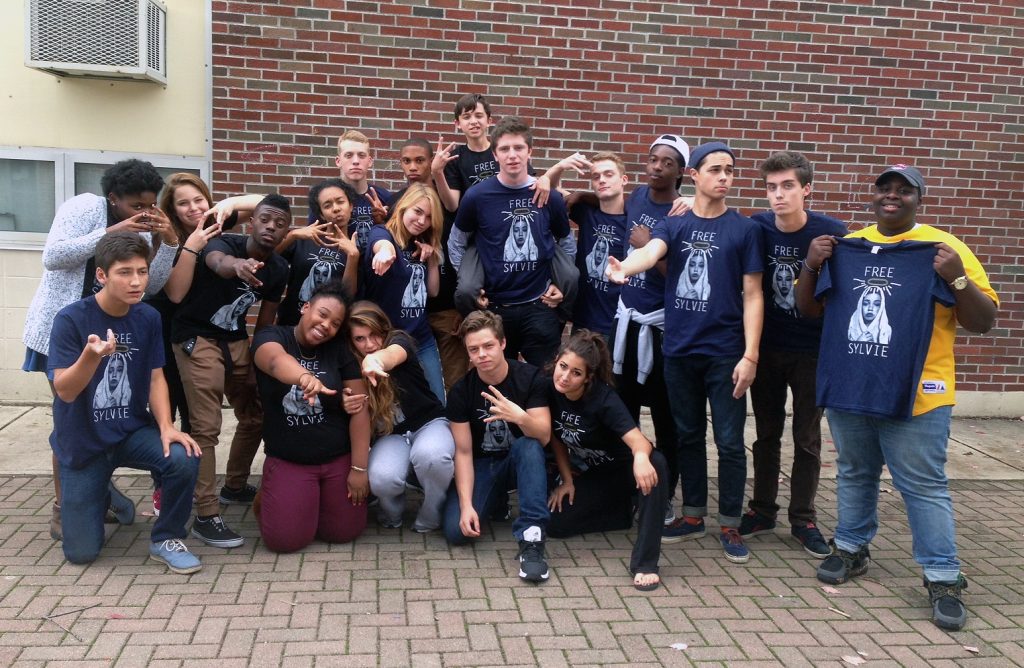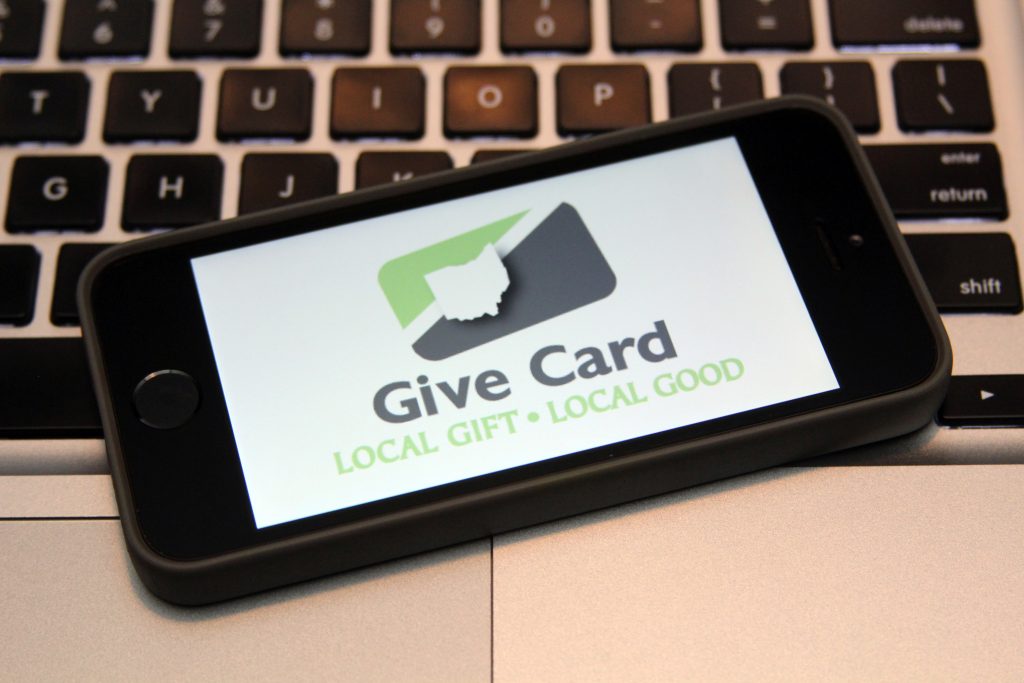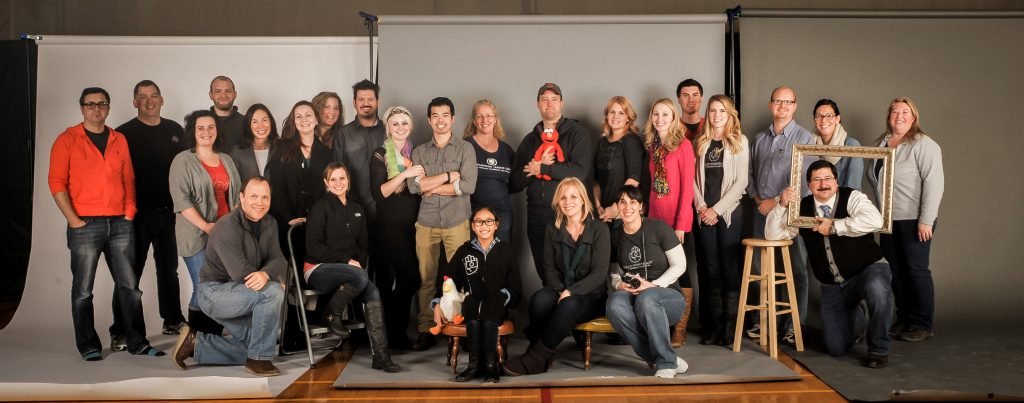Originally published in the Fall 2017 issue of Stock & Barrel

Despite the city’s standing as a culinary capital, Columbus still sadly has its share of food deserts — neighborhoods where fresh fruit is foreign and the shelf-life for groceries at the corner store is frightening.
Suburban farmers markets may offer premium-priced produce to conscientious consumers, but urban farmers markets have a different mandate. For many living inside 270 on the west and south sides, they are the only source for vegetables that don’t come in a can.
That’s what inspired Juliette Lonsert and Ruth Thurgood Mundy to found the Westgate Farmers Market last year — not just to serve their own neighborhood, but also the greater Hilltop. The alternating schedule of first and third Saturdays caused initial concern with more than a few prospective vendors. But now some of those same skeptics are fierce defenders of the strategy. It’s a practical interval to keep things literally and figuratively fresh, more so than an every weekend commitment for vendors and volunteers.
There isn’t just one recipe for starting a farmers market, but there are some common ingredients — generous community support and social media savvy are among the most essential.
“Our fundraising so far has been mostly selling t-shirts and yard signs, which we will continue to do because it’s also great promotion for the market,” explained Lonsert. “But we hope to hire a market manager, to handle the operation and volunteers as we continue to grow.”
This summer marked the first step in that expansion with a farm-to-table evening on the lawn of the Westgate Masonic Lodge where the farmers market is held.
“The idea for the farm-to-table dinner was more than just a fundraiser. It was a dining experience you don’t have anywhere near Westgate, and a community experience you don’t really have anywhere else in Columbus,” Lonsert noted.
The seasonal menu was created by Westgate resident and chef, Christopher Vehr. Ingredients were supplied by local vendors, then prepared and served family-style by Vehr and a team of volunteers from the community. Sitting under a canopy of leaves and stars sharing a harvest supper with early autumn in the air and grass under your feet, the connection between the field and the fork couldn’t be more apparent or intimate.
“When you go to a lot of markets, they don’t really have a culinary presence. I think there are a lot of chefs who prefer to use local, seasonal produce. But unfortunately, most restaurant chefs work late on Friday nights, so it’s harder for them to become involved,” Vehr explained. “Events like this create a synergy that’s unavailable even when you go into a restaurant — connecting farmers to the people they serve by showing folks the potential for produce available to everyone at the market.”
Like any nonprofit, annual events fund the ongoing service mission of the organization, covering overhead while helping to reach a wider audience. But even with earthy endeavors, the internet is still integral.
“We couldn’t serve our community without social media. It’s how we best reach our SNAP and low-income customers,” noted Thurgood Mundy. “We also have a great relationship with Local Matters. They come out and do cooking demos based on what’s in-season and available at the market. Knowing how to prepare foods is a large part of the nutrition gap facing many families.”
“Education is most powerful when combined with an access point. Our work with the Westgate Farmers Market is a family engagement, to get everyone onboard with fresh, healthy food grown locally,” said Adam Fazio, Director of Development with Local Matters. “The family context for food is a benefit that’s often overlooked.”
Franklinton is even farther away from traditional groceries. Despite being a major traffic corridor, there isn’t a single grocery store on Broad Street between downtown and almost the outerbelt.
That’s why the Franklinton Farm Stand is so crucial, and why their schedule is different than most farmers markets. Operating Thursdays and Fridays, as well as Saturdays, better serves the needs of the neighborhood where any other source for fresh produce is a drive or bus-ride away.
“A majority of our customers are walk-ups, and it’s a more convenient time to get their groceries, especially their healthy food options,” explained Josh Aumann, the farm stand’s produce distribution coordinator. The farm stand is the retail face of Franklinton Gardens, which has twelve plots scattered across three acres of land (mostly from gifts and grants) that a mix of local volunteers and AmeriCorps service members have turned into a robust, urban farm network.
Outreach is key in underserved areas, which is why home delivery is also an option, with about half of the participants in their CSA, or Community Supported Agriculture program, using EBT and SNAP to help their produce budgets go further.
“The Franklinton Mobile Market is an online storefront. We send out a weekly email to about a hundred households with a list of our produce ready for purchase. They reply, and we deliver it to their doors the next day. Our biggest challenge is getting our name out there,” Aumann said. “The people who live here see us farming. We need to let them know we’re growing this for them, it’s not going somewhere else. We want the people here in Franklinton to have access to the produce being grown in their backyards.”
Starting a farmers market is only slightly harder than keeping one going. That’s the backstory behind the new South Side Farmers Market.
“When members of the Merion Village Farmers Market asked us to take it over, we wanted it to be more inclusive of our neighbors, as we were already the middle point for the south side,” explained Allison Willford, president of the Merion Village Civic Association. “That’s why we changed the name — because it’s everyone’s farmers market.”
The standard schedule had likewise proven restrictive in attracting and maintaining vendors for the former Merion Village market. So the new market was quick to adjust that as well, with an afternoon and evening market anchored by Tatoheads Public House, an already popular neighborhood destination.
“We changed the day from Saturday, because it was harder to compete with some of the more established markets. Thursday nights, people are getting ready for the weekend,” Willford said. “They can come to the market and have a beer, get a bite to eat, and buy fresh produce to take home.”
The geographic reach of the South Side Farmers Market also opened the organization to a larger pool of volunteers. That’s how Ryan Hansen, now one of the organizers, originally became involved.
“A handful of us came together after responding to a food security survey,” he recalled, noting the diverse and collective nature of the new market. “Some of us had leadership experience, some of us just had time on our hands. But that’s what makes it work, not having one person doing everything. This is as grassroots as it gets.” ▩
Writer’s Postscript: If the soulful plant contemplation above seems familiar, that’s Blase Pinkert. We didn’t know each other at the time, but more than a year later, he reappeared in the 28-inch pizza challenge story Pies Wide Shut.


